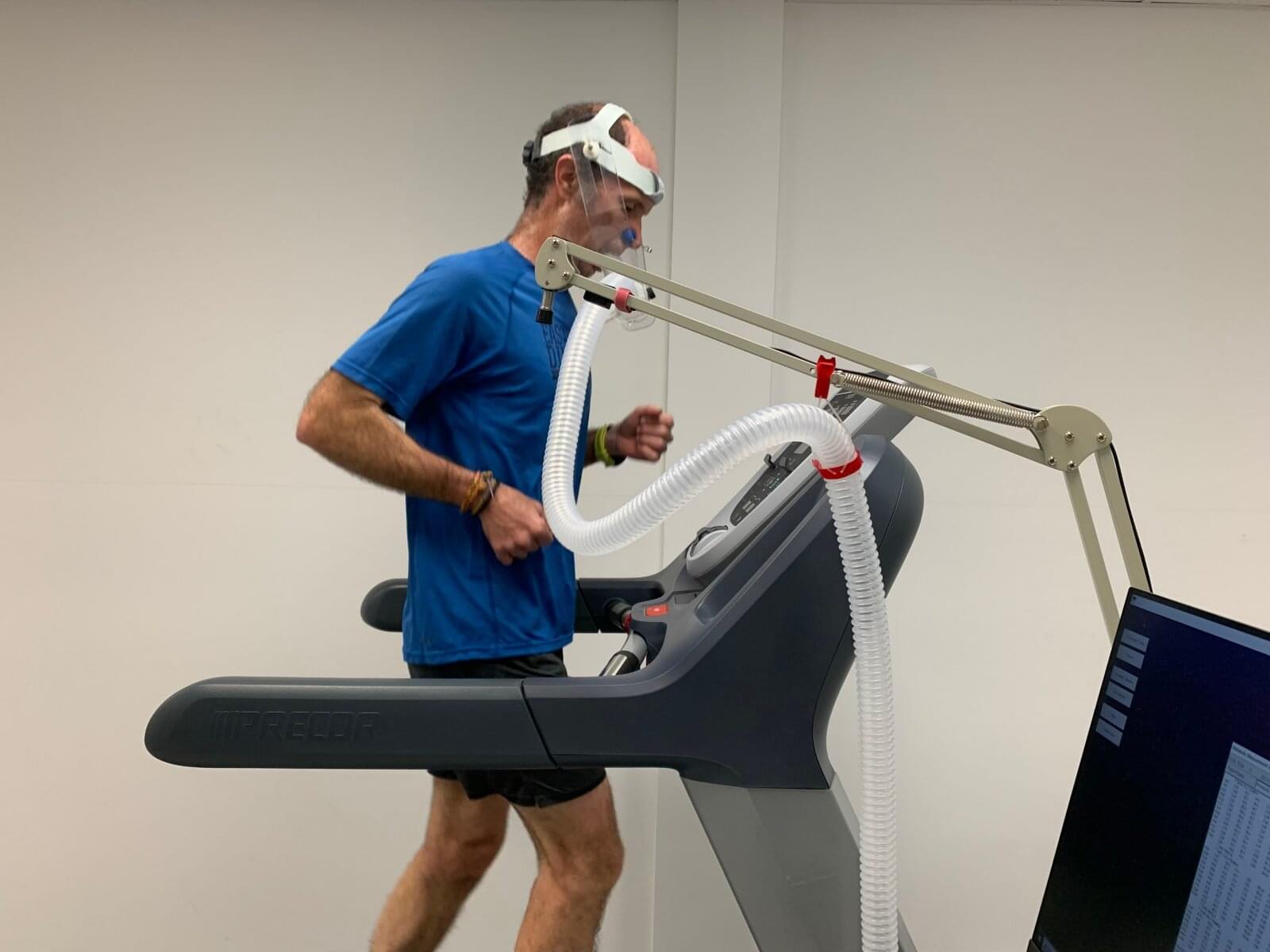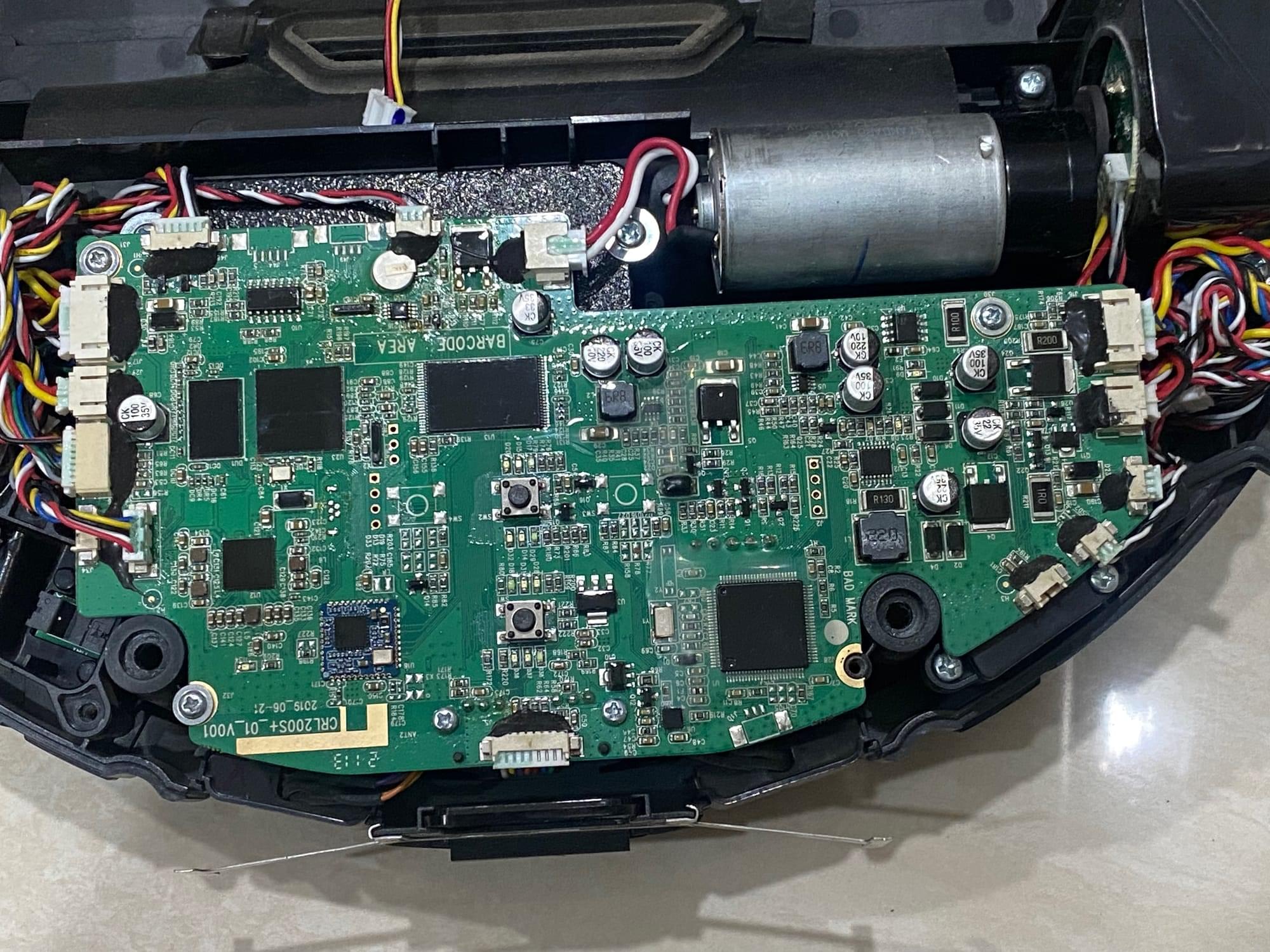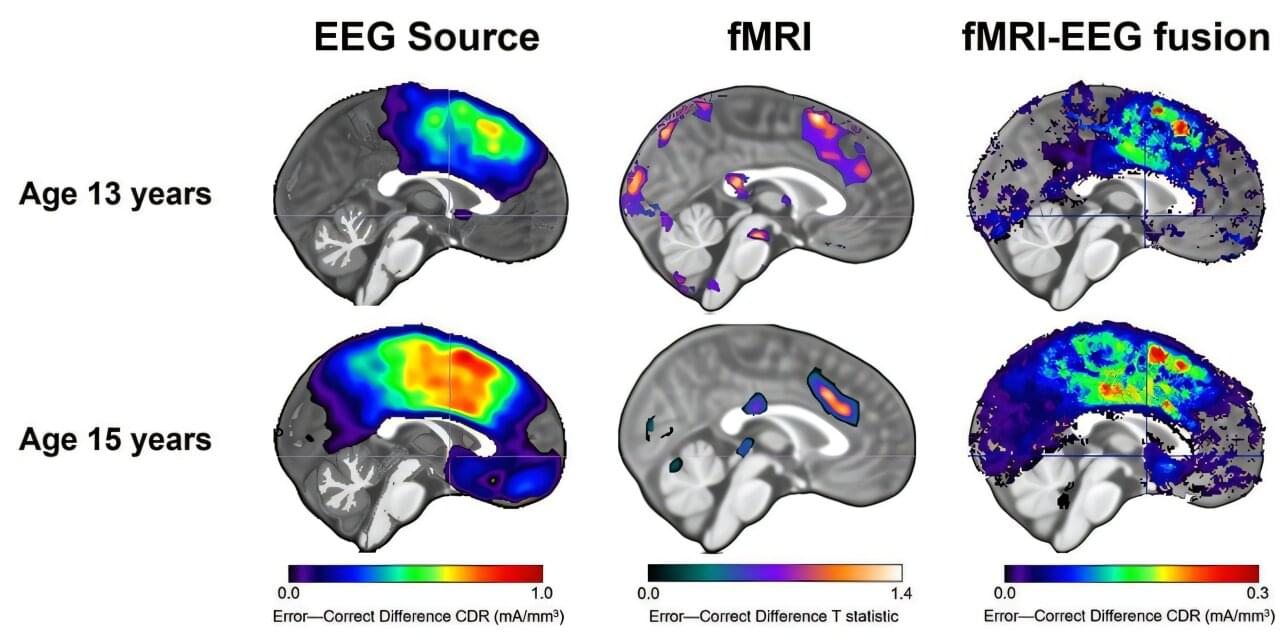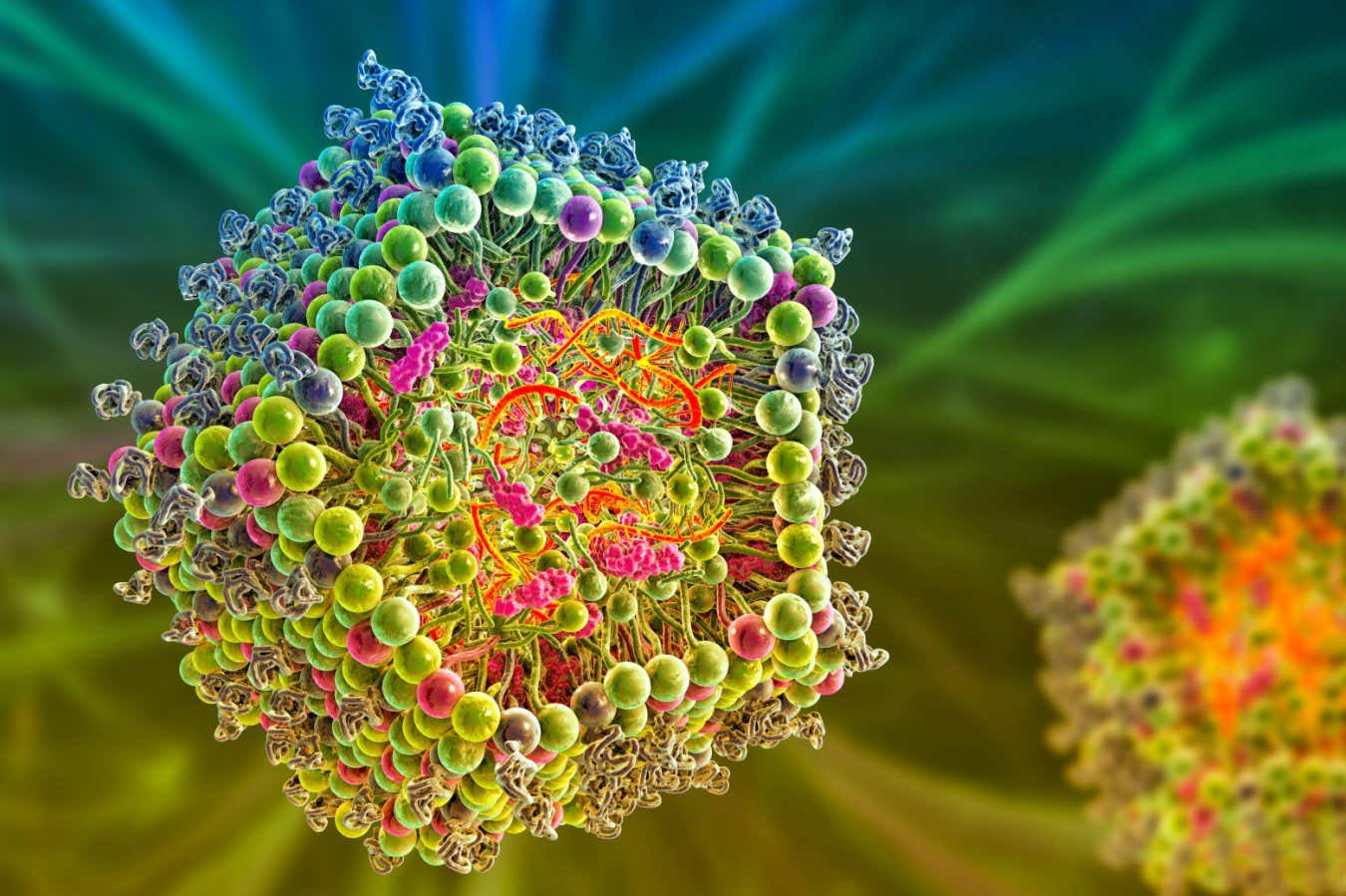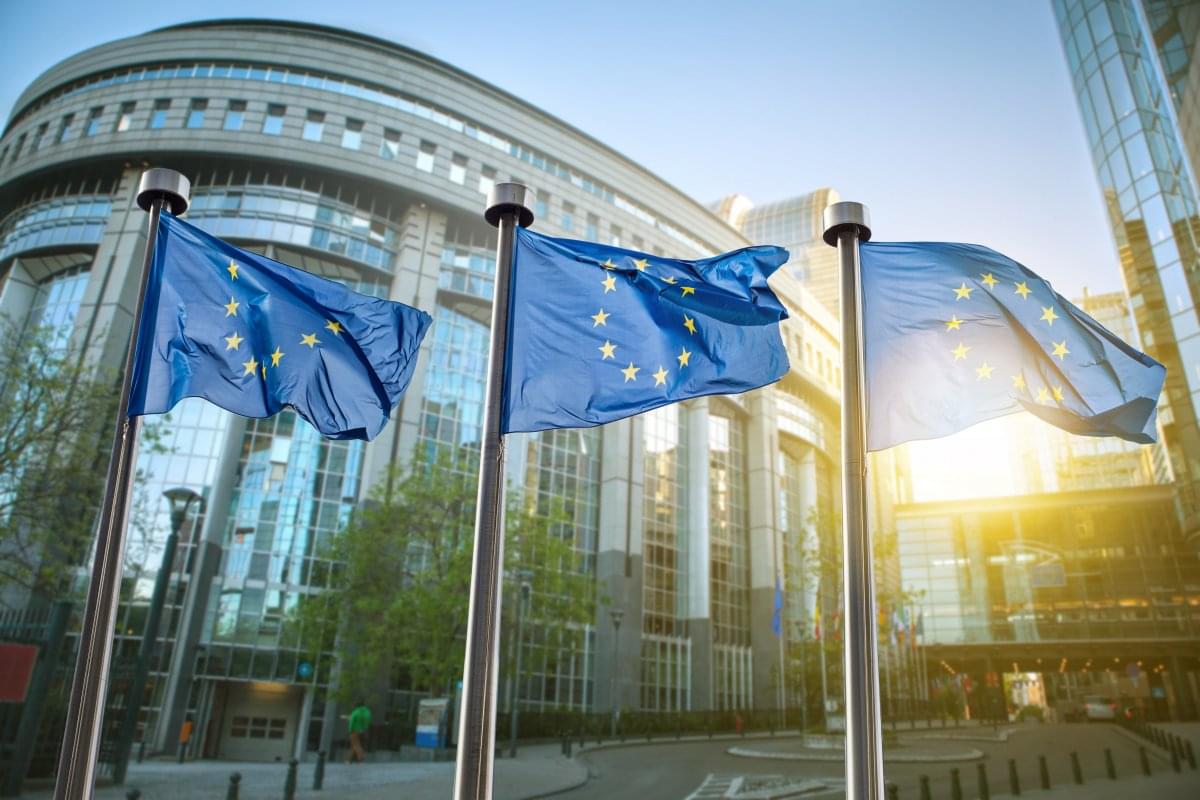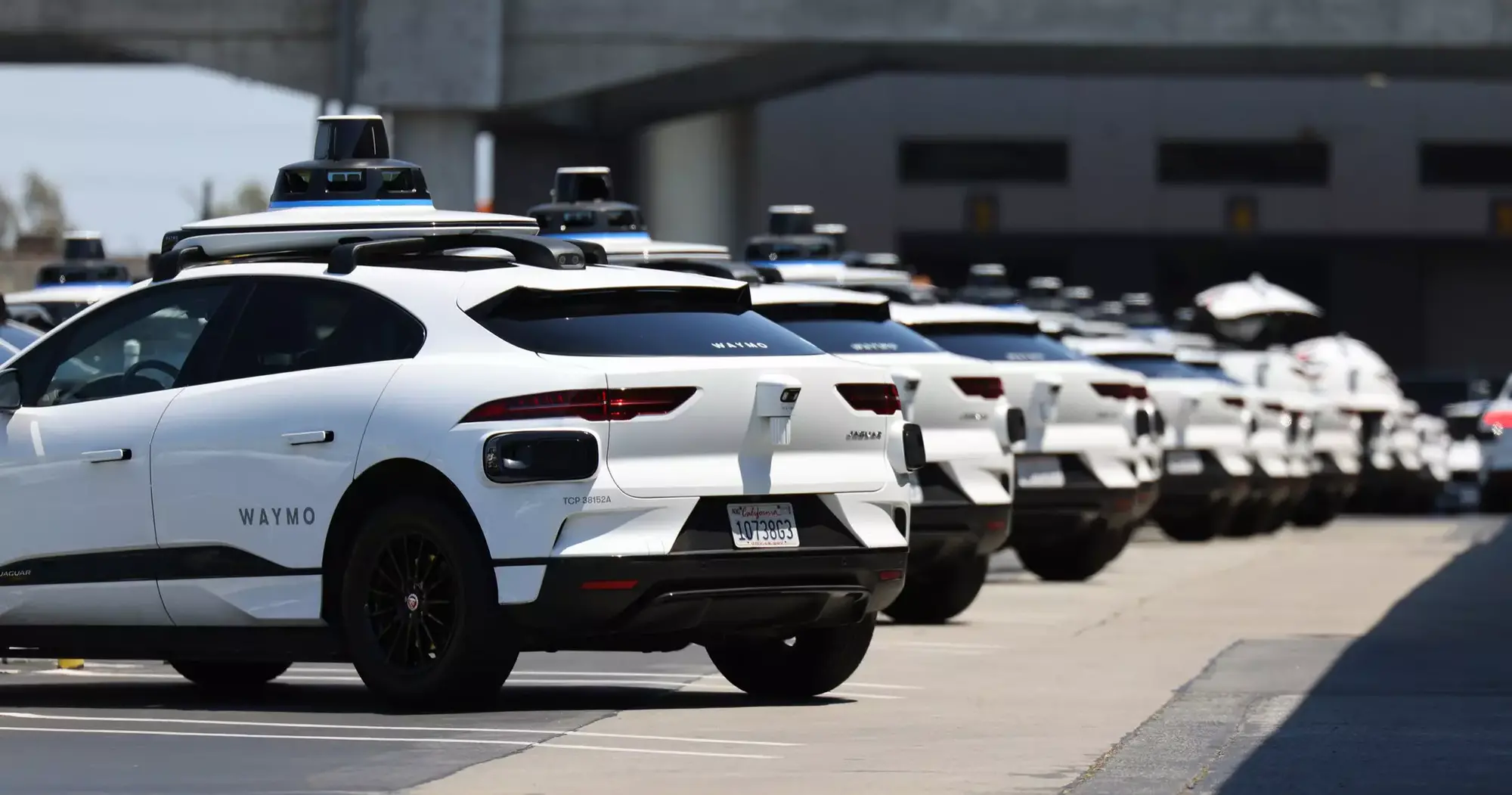The effects of physical activity don’t stop when the movement does. In a new study published in the Proceedings of the National Academy of Sciences, Virginia Tech researchers, in collaboration with researchers at the University of Aberdeen and Shenzhen University, have found that being active adds to the total energy you use every day without causing the body to conserve energy in other ways.
This is important because the health benefits of increasing physical activity are already well-documented, but there is less research about how exercise impacts a person’s “energy budget,” or the allocation of energy to different bodily functions.
It has been thought that a person’s energy budget functions in one of two ways: like a fixed salary where energy is redistributed from other functions to cover the cost of movement, or like a flexible, commission-based system that is additive and allows for increased energy expenditure. The team wanted to determine which model better explains how the energy budget actually changes across different levels of physical activity.
